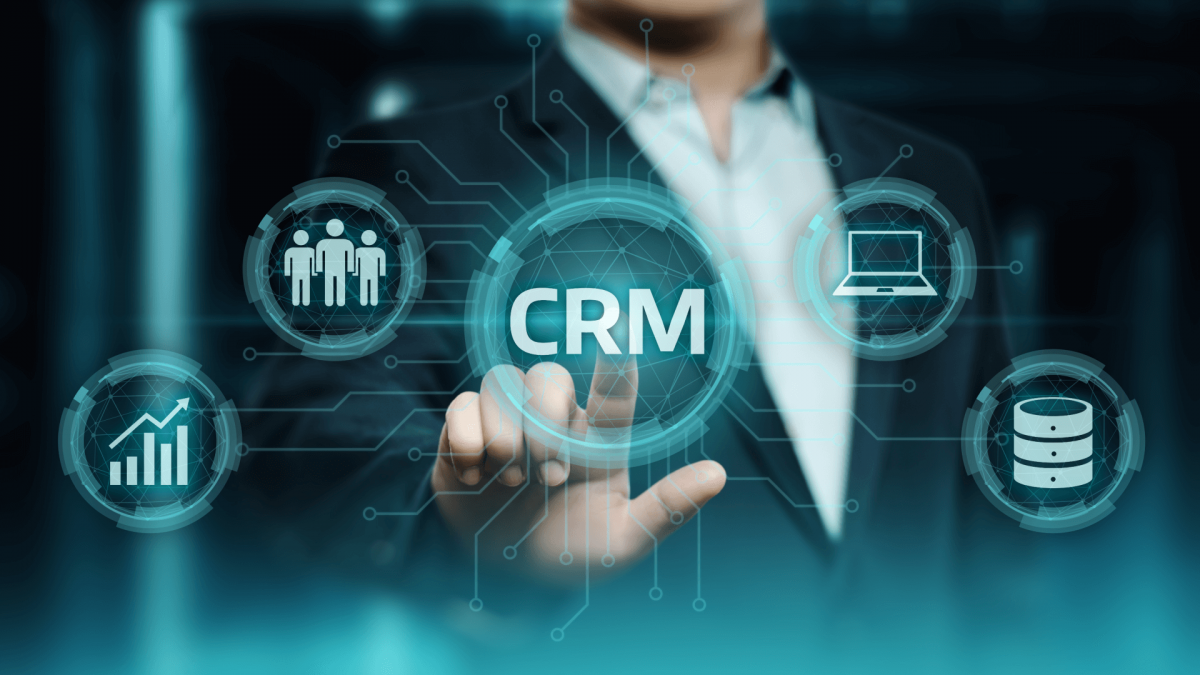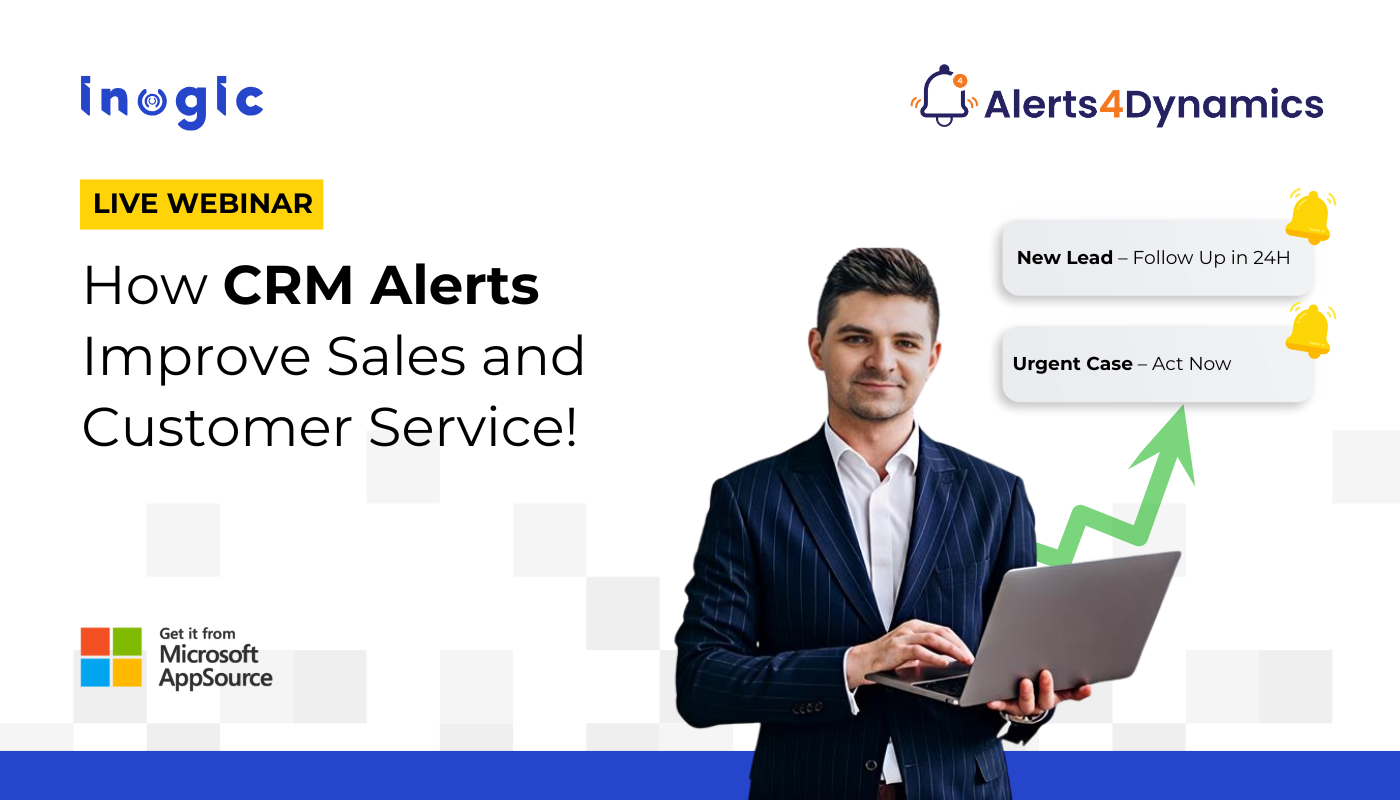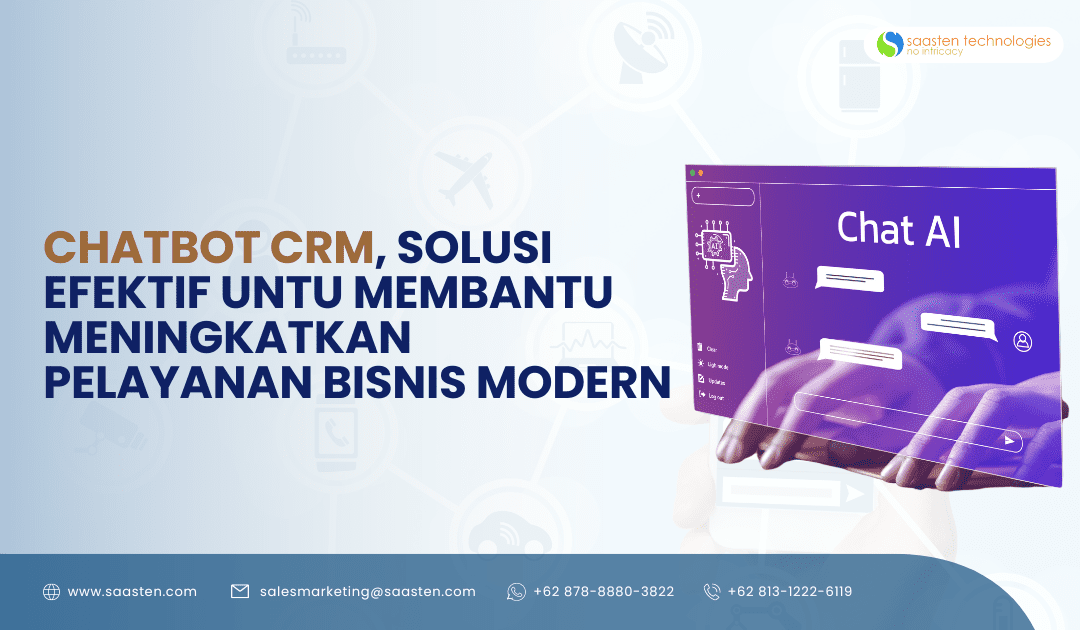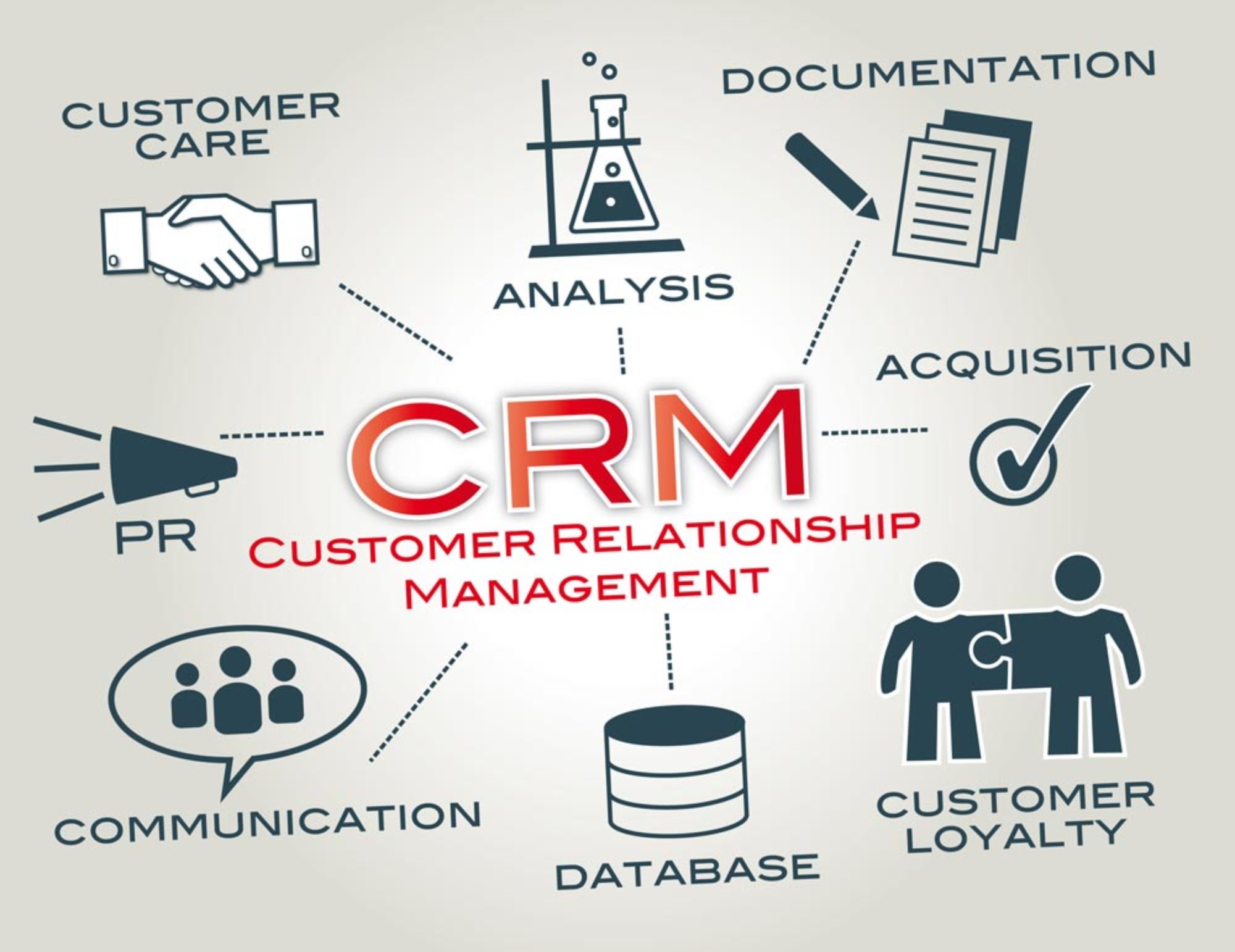Mastering Your CRM Marketing Funnel: A Step-by-Step Guide to Success

Mastering Your CRM Marketing Funnel: A Step-by-Step Guide to Success
In today’s hyper-competitive business landscape, simply having a great product or service isn’t enough. You need a well-oiled machine, a system that nurtures leads, converts them into customers, and keeps them coming back for more. That’s where the CRM marketing funnel comes in. This guide will walk you through the process of setting up your CRM marketing funnel, transforming your customer relationship management (CRM) system into a powerful engine for growth.
Understanding the CRM Marketing Funnel
Before we dive into the setup, let’s clarify what a CRM marketing funnel actually is. Think of it as a journey your potential customers take, from the moment they first encounter your brand to becoming loyal advocates. This journey is typically visualized as a funnel, with a wide top representing the initial awareness stage and a narrow bottom representing the final conversion stage.
The CRM system acts as the central hub for managing this journey. It stores all your customer data, tracks interactions, and automates marketing efforts. By effectively setting up your CRM marketing funnel, you can:
- Improve Lead Generation: Attract more qualified leads to fill the top of your funnel.
- Increase Conversion Rates: Nurture leads and guide them towards becoming paying customers.
- Enhance Customer Retention: Keep existing customers engaged and encourage repeat purchases.
- Boost Revenue: Ultimately, drive more sales and increase your bottom line.
- Gain Valuable Insights: Analyze customer behavior and optimize your marketing strategies.
The Stages of a CRM Marketing Funnel
The standard CRM marketing funnel consists of several key stages, each with its own goals and strategies:
1. Awareness Stage (Top of the Funnel – TOFU)
This is where potential customers first learn about your brand. Your goal is to create awareness and attract their attention. Strategies include:
- Content Marketing: Create valuable content like blog posts, articles, videos, and infographics that address your target audience’s needs and interests.
- Social Media Marketing: Build a strong presence on relevant social media platforms and engage with your audience.
- Search Engine Optimization (SEO): Optimize your website and content to rank higher in search engine results.
- Paid Advertising: Use platforms like Google Ads and social media ads to reach a wider audience.
- Public Relations: Secure media coverage and build brand awareness through press releases and other PR activities.
2. Interest Stage (Middle of the Funnel – MOFU)
Once you’ve captured their attention, you need to nurture their interest and provide them with more information about your products or services. Strategies include:
- Lead Magnets: Offer valuable resources like ebooks, white papers, webinars, or free trials in exchange for contact information.
- Email Marketing: Send targeted email campaigns to nurture leads and provide valuable content.
- Retargeting Ads: Show ads to people who have visited your website or interacted with your content.
- Interactive Content: Create quizzes, polls, and other interactive content to engage your audience and gather data.
3. Decision Stage (Middle/Bottom of the Funnel – BOFU)
At this stage, leads are considering making a purchase. Your goal is to provide them with the information and incentives they need to convert. Strategies include:
- Product Demos: Showcase your product or service’s features and benefits through demos.
- Case Studies: Highlight successful customer stories to build trust and credibility.
- Testimonials: Collect and share positive reviews and testimonials from satisfied customers.
- Special Offers: Provide discounts, promotions, or other incentives to encourage a purchase.
- Personalized Recommendations: Recommend products or services based on the lead’s interests and behavior.
4. Action Stage (Bottom of the Funnel – BOFU)
This is the conversion stage where leads become customers. Your goal is to make the purchase process as easy and seamless as possible. Strategies include:
- Streamlined Checkout Process: Simplify the checkout process to reduce friction and cart abandonment.
- Multiple Payment Options: Offer various payment methods to accommodate different customer preferences.
- Clear Call-to-Actions (CTAs): Use clear and compelling CTAs to guide customers through the purchase process.
- Excellent Customer Service: Provide exceptional customer service to address any questions or concerns.
5. Retention Stage (Post-Purchase)
This is the stage after the customer has made a purchase. Your goal is to keep them engaged and encourage repeat purchases and loyalty. Strategies include:
- Onboarding: Provide a smooth onboarding experience to help customers get started with your product or service.
- Customer Support: Offer excellent customer support to address any issues or concerns.
- Loyalty Programs: Reward repeat customers with exclusive benefits and discounts.
- Email Marketing: Continue to send targeted email campaigns with valuable content, product updates, and special offers.
- Feedback and Surveys: Gather customer feedback to improve your products, services, and customer experience.
Setting Up Your CRM Marketing Funnel: A Step-by-Step Guide
Now that you understand the stages of the CRM marketing funnel, let’s get down to the practical steps of setting it up:
Step 1: Choose the Right CRM System
The first step is to select the right CRM system for your business. Consider your specific needs, budget, and technical expertise. Some popular CRM platforms include:
- Salesforce: A comprehensive CRM platform suitable for large businesses.
- HubSpot CRM: A user-friendly CRM with robust marketing automation features.
- Zoho CRM: A versatile and affordable CRM option for small to medium-sized businesses.
- Microsoft Dynamics 365: An integrated CRM and ERP platform.
- Pipedrive: A sales-focused CRM designed for small businesses and startups.
When choosing a CRM, consider these factors:
- Features: Does it offer the features you need, such as lead management, contact management, email marketing, and sales automation?
- Integrations: Does it integrate with your existing tools and platforms, such as your website, email marketing software, and social media accounts?
- Scalability: Can it handle your growing business needs?
- Ease of Use: Is it user-friendly and easy to learn?
- Pricing: Does it fit within your budget?
Step 2: Define Your Target Audience
Knowing your target audience is crucial for creating effective marketing campaigns. Define your ideal customer by considering factors like:
- Demographics: Age, gender, location, income, education, etc.
- Psychographics: Interests, values, lifestyle, personality, etc.
- Behaviors: Online activity, purchase history, brand preferences, etc.
- Needs and Pain Points: What problems are they trying to solve? What are their unmet needs?
Create customer personas – fictional representations of your ideal customers – to help you visualize your target audience and tailor your marketing messages accordingly.
Step 3: Map Your Customer Journey
Understand how your customers interact with your brand at each stage of the funnel. Map out their journey, from initial awareness to becoming loyal advocates. This includes:
- Touchpoints: Identify all the points of contact a customer has with your brand (e.g., website, social media, email, phone calls).
- Actions: What actions do customers take at each stage (e.g., visiting your website, filling out a form, making a purchase)?
- Pain Points: What obstacles or frustrations do customers encounter?
- Opportunities: What opportunities do you have to improve the customer experience?
By mapping the customer journey, you can identify areas where you can optimize your marketing efforts and improve the customer experience.
Step 4: Segment Your Audience
Don’t treat all your customers the same. Segment your audience based on demographics, behaviors, interests, and other relevant factors. This allows you to personalize your marketing messages and tailor them to specific groups. Common segmentation strategies include:
- Demographic Segmentation: Segmenting by age, gender, location, income, etc.
- Behavioral Segmentation: Segmenting by purchase history, website activity, engagement with your content, etc.
- Psychographic Segmentation: Segmenting by interests, values, lifestyle, etc.
- Needs-Based Segmentation: Segmenting by the specific needs and pain points of your customers.
Segmentation enables you to send targeted messages that resonate with specific customer groups, leading to higher engagement and conversion rates.
Step 5: Create Compelling Content
Content is the fuel that drives your CRM marketing funnel. Create high-quality, valuable content that addresses your target audience’s needs and interests at each stage of the funnel. This includes:
- Blog Posts: Share informative and engaging articles that educate your audience and position you as an expert.
- Ebooks and White Papers: Offer in-depth resources that provide valuable insights and attract leads.
- Videos: Create videos that explain your products/services, showcase customer stories, or provide helpful tutorials.
- Infographics: Present complex information in a visually appealing and easy-to-understand format.
- Social Media Updates: Share engaging content and interact with your audience on social media platforms.
Ensure your content is optimized for search engines (SEO) to increase its visibility and attract organic traffic. Use relevant keywords, optimize your meta descriptions, and build high-quality backlinks.
Step 6: Set Up Email Marketing Automation
Email marketing is a powerful tool for nurturing leads and driving conversions. Use your CRM system to automate your email marketing efforts. This includes:
- Welcome Emails: Send automated welcome emails to new subscribers.
- Lead Nurturing Emails: Send targeted email sequences to nurture leads and provide them with valuable content.
- Segmentation-Based Emails: Send personalized emails to specific customer segments.
- Triggered Emails: Send emails based on specific customer actions, such as abandoned cart emails or product purchase confirmations.
- Promotional Emails: Send promotional emails with special offers and discounts.
Use email marketing automation to streamline your communication and deliver the right message to the right person at the right time.
Step 7: Automate Sales Processes
Sales automation can significantly improve your sales team’s efficiency and effectiveness. Use your CRM system to automate repetitive tasks, such as:
- Lead Scoring: Automatically score leads based on their engagement and behavior.
- Lead Assignment: Automatically assign leads to sales representatives.
- Workflow Automation: Automate tasks such as sending follow-up emails, creating tasks, and updating deal stages.
- Quote Generation: Automate the process of creating and sending quotes.
- Reporting and Analytics: Generate reports and track key sales metrics.
Sales automation allows your sales team to focus on closing deals and building relationships with customers.
Step 8: Track and Analyze Your Results
Regularly track and analyze your results to identify what’s working and what’s not. Use your CRM system to monitor key metrics, such as:
- Website Traffic: Track website visits, page views, and bounce rates.
- Lead Generation: Track the number of leads generated and their source.
- Conversion Rates: Track conversion rates at each stage of the funnel.
- Customer Acquisition Cost (CAC): Calculate the cost of acquiring a new customer.
- Customer Lifetime Value (CLTV): Estimate the revenue generated by a customer over their lifetime.
- Email Open and Click-Through Rates: Measure the performance of your email campaigns.
- Sales Revenue: Track your sales revenue and identify trends.
Use this data to optimize your marketing strategies and make data-driven decisions. A/B test different campaigns, content, and offers to see what resonates best with your audience.
Step 9: Integrate Your CRM with Other Tools
Integrate your CRM system with other tools and platforms to streamline your marketing efforts and improve data flow. This may include:
- Email Marketing Software: Integrate your CRM with your email marketing software to synchronize contact data and automate email campaigns.
- Social Media Management Tools: Integrate your CRM with your social media management tools to track social media interactions and manage social media campaigns.
- Website Analytics: Integrate your CRM with your website analytics platform (e.g., Google Analytics) to track website activity and gain insights into customer behavior.
- Live Chat Software: Integrate your CRM with your live chat software to capture customer interactions and provide real-time support.
- Accounting Software: Integrate your CRM with your accounting software to streamline financial processes and track sales data.
Integrations will allow your data to flow seamlessly between different tools, making your marketing efforts more efficient and effective.
Step 10: Continuously Optimize and Refine
Setting up your CRM marketing funnel is not a one-time task. It’s an ongoing process of optimization and refinement. Continuously monitor your results, analyze your data, and make adjustments to your strategies. This includes:
- Reviewing and Updating Your Customer Personas: Ensure your customer personas accurately reflect your target audience.
- Testing New Content and Offers: Experiment with different content formats and offers to see what resonates best with your audience.
- Refining Your Email Marketing Campaigns: Optimize your email subject lines, content, and calls-to-action.
- Adjusting Your Segmentation Strategy: Refine your segmentation strategy to ensure you’re targeting the right audience segments.
- Staying Up-to-Date with Industry Best Practices: Keep abreast of the latest trends and best practices in CRM marketing.
By continuously optimizing and refining your CRM marketing funnel, you can ensure it remains effective and continues to drive growth for your business.
Benefits of a Well-Defined CRM Marketing Funnel
Implementing a well-defined CRM marketing funnel yields numerous benefits, contributing significantly to your business’s overall success. These include:
- Increased Sales and Revenue: By nurturing leads and guiding them through the sales process effectively, you can significantly boost your sales and revenue.
- Improved Customer Satisfaction: A well-defined funnel ensures that customers receive relevant information and support at every stage, leading to higher satisfaction levels.
- Enhanced Brand Loyalty: By providing a positive customer experience and building strong relationships, you can foster brand loyalty and encourage repeat purchases.
- Better Lead Qualification: CRM funnels help you identify and qualify leads more effectively, ensuring that your sales team focuses on the most promising prospects.
- Improved Marketing ROI: By targeting your marketing efforts and personalizing your messages, you can achieve a higher return on your marketing investment.
- Increased Marketing Efficiency: Automation features within your CRM funnel can streamline your marketing processes, saving you time and resources.
In conclusion, a robust CRM marketing funnel is an indispensable asset for businesses seeking sustainable growth. By following the steps outlined in this guide and continuously optimizing your strategies, you can harness the power of your CRM system to attract, nurture, and convert leads into loyal, valuable customers. Embrace the journey, and watch your business thrive!




